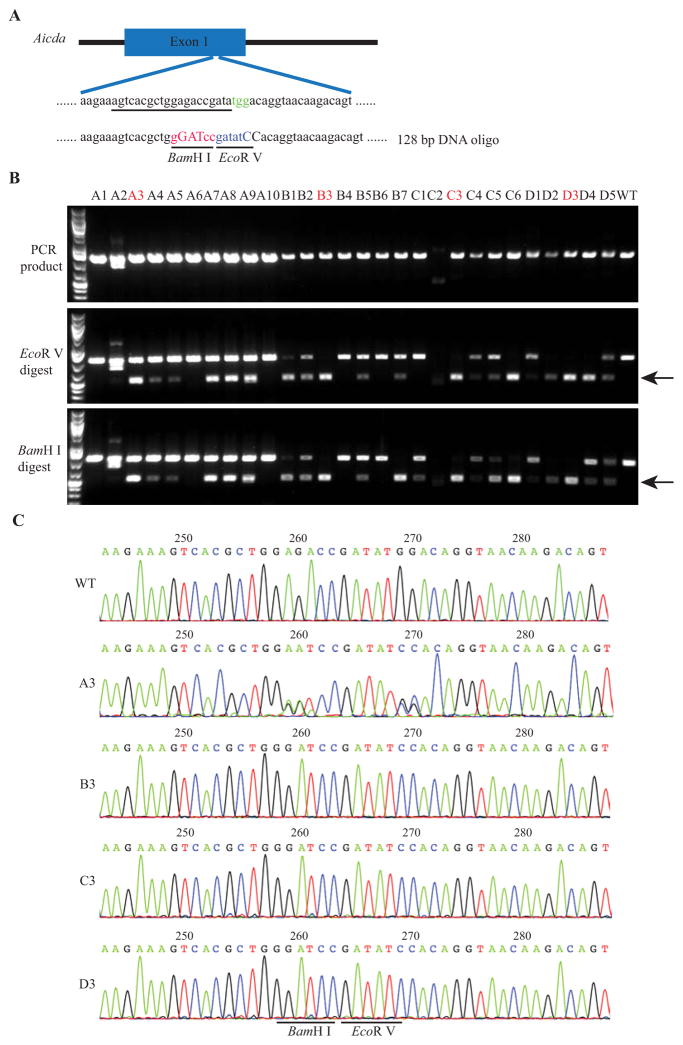Fig. 1. Delivery of Cas9 protein through electroporation dramatically increased the HDR efficiency.
A: Schematic of the Aicda target sequence and DNA oligo donor. The protospacer sequence is underlined and PAM sequence is colored in green. Oligonucleotides changed in the DNA oligo donor are in uppercase. The BamH I recognition site is colored in red and the EcoR V recognition site is in blue in the DNA oligo donor. B: RFLP analysis of 28 mice from group A (A1–A10), B (B1–B7), C (C1–C6) and D (D1–D5). 1, 4, 6 and 8 times of electroporation were used in group A, B, C and D, respectively. The cleaved bands after EcoR V digestion or BamH I digestion are indicated by black arrow. C: Sequencing traces of PCR products containing the Aicda target region. Clear sequencing traces indicate there is mainly one allele (defined mutation) in the target locus as shown in B3, C3 and D3, while there are both WT and mutant alleles in A3 mouse. WT, wild type.

